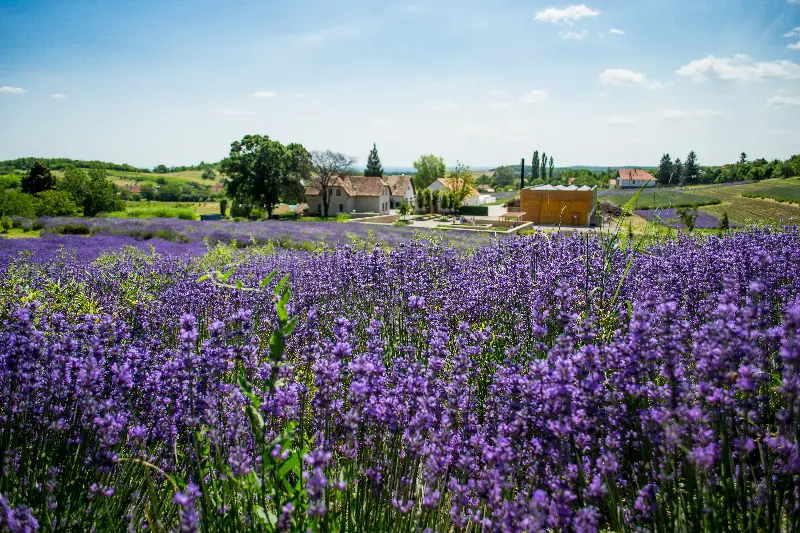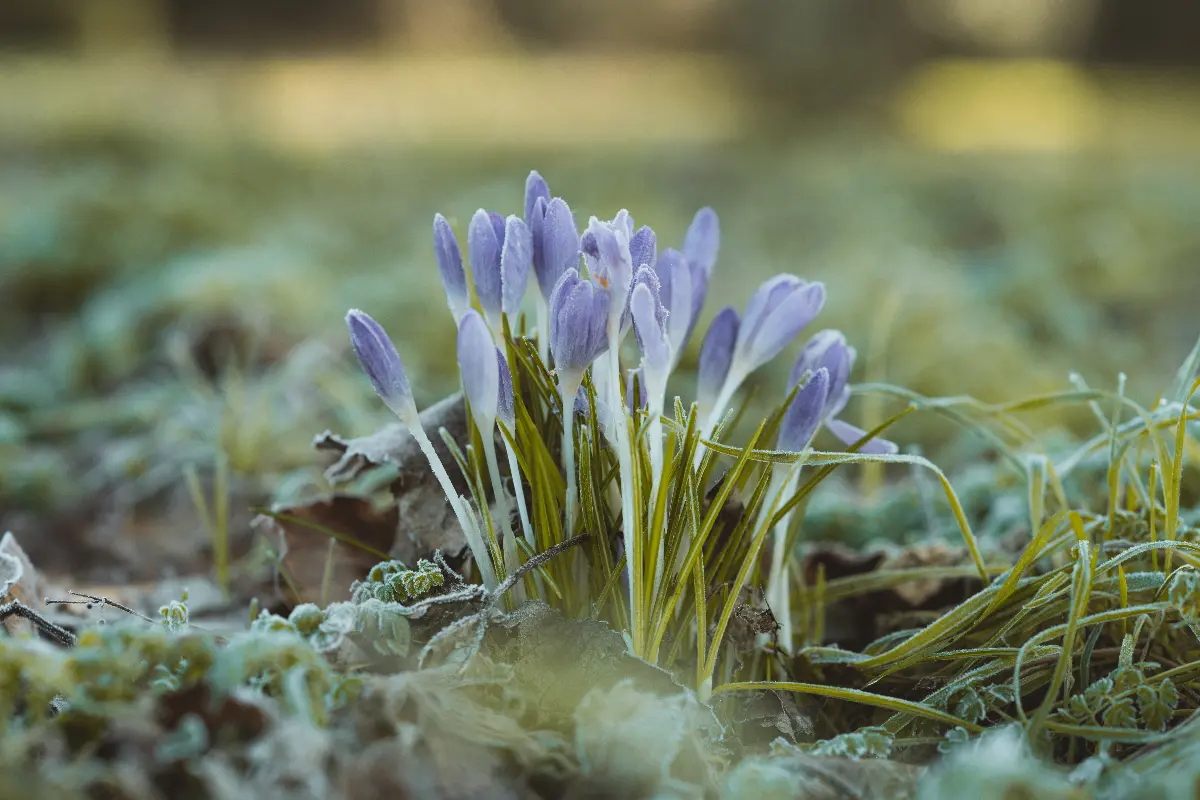
Helyszín címkék:
All for the eye, nothing for the hand! Go wildflowering!
Hype&Hyper
Understandably, every spring hiker may be tempted to take the wonder of nature home with them in some way. But as beautiful as the velvety petals of these colourful little flowers look in their natural habitat, they lose their beauty so quickly when they are plucked – wildflowers, unlike their cultivated counterparts, wither in a few hours in our grasp, so if you want to enjoy them for a long time, it is the best to capture them in a photograph. More than 700 plants are currently protected in Hungary, many of which emerge from the ground in early spring. Here are some of them.Look out for them and take care of them on your hikes!
Black pulsatilla
This stately-looking protected flower blooms between March and April in rocky grasslands, sloping steppes and scrub woodland. We have to search in the Cserhát, the Jászság, the Kisalföld (Little Hungarian Plain), the Keszthely plateau, the Pilis and the Mátra region, among others, if we want to find it.
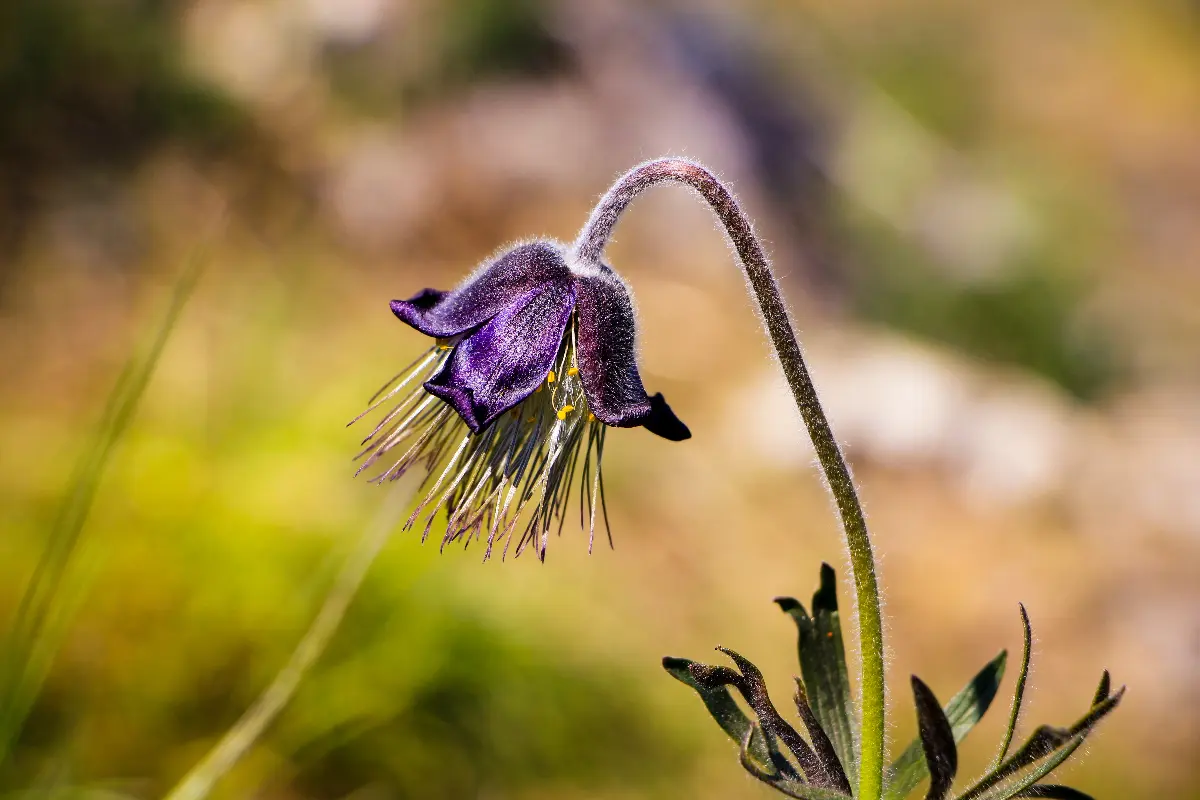
Purple hellebore
A magnificent inhabitant of hornbeam-oak and beech forests is the protected Purple hellebore, which also opens its greenish-purple petals in March and April. The best place to find it in Hungary is in the Bükk Mountains, and it is good to know that all parts of the plant are poisonous!
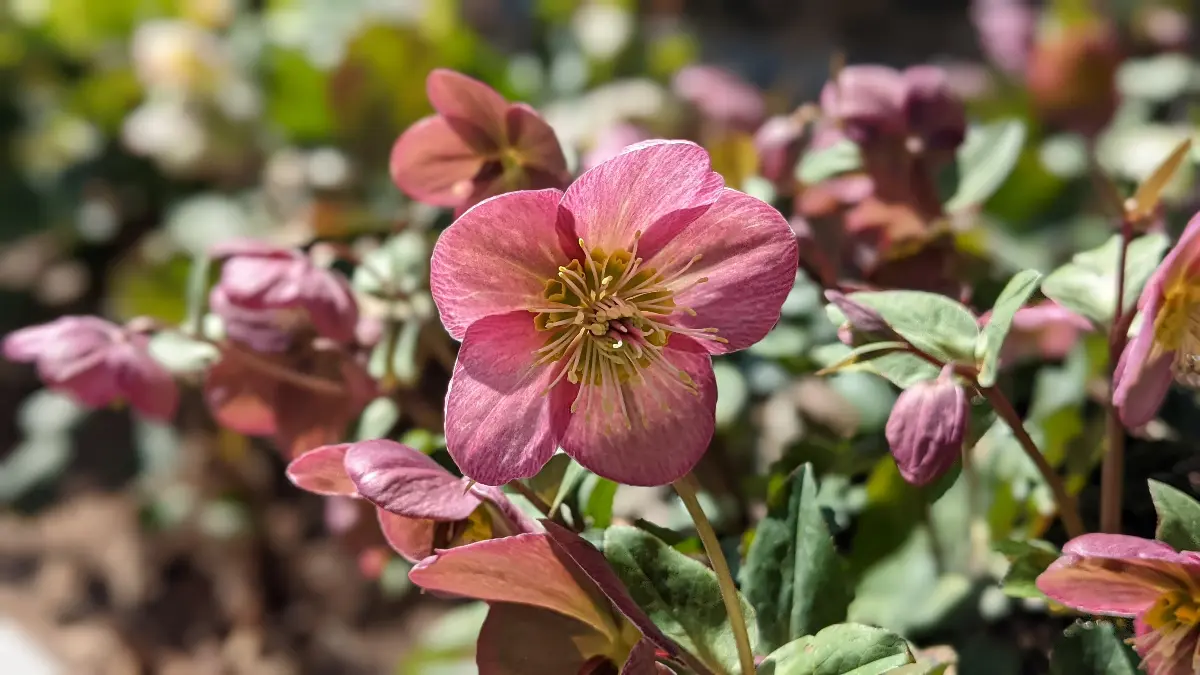
Carpathian wonder
Most of us probably know the Carpathian wonder, which flowers between February and April and is mostly found in the northern Great Plain of Hungary, as crocus. The plant is a rarity in this country, protected since 1982.

Yellow adonis
From March to May, the bright yellow flowers of the spring herb, also known as the autumn crocus, are a delight. It can be found in dry grasslands, clearings and pastures, but it is important not to take it home despite its impressive appearance – both because it is protected and because it is highly poisonous.
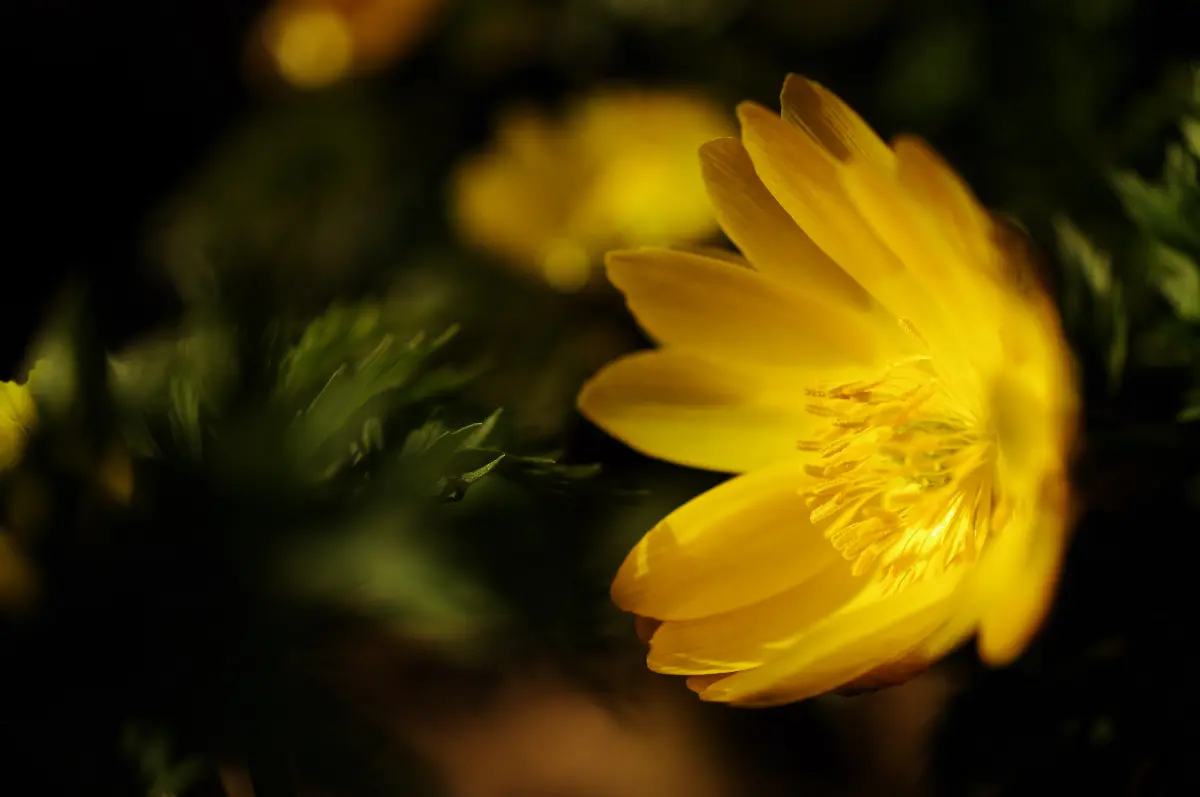
Spring snowflake
A close cousin of the snowdrop, the Spring snowflake opens its tiny petals very early in February. While the Snowdrop usually blooms in woodland, the Spring snowflake prefers wet, marshy, boggy places, so in the Fertő-Hanság National Park, for example, it is worth keeping your eyes open to see it.
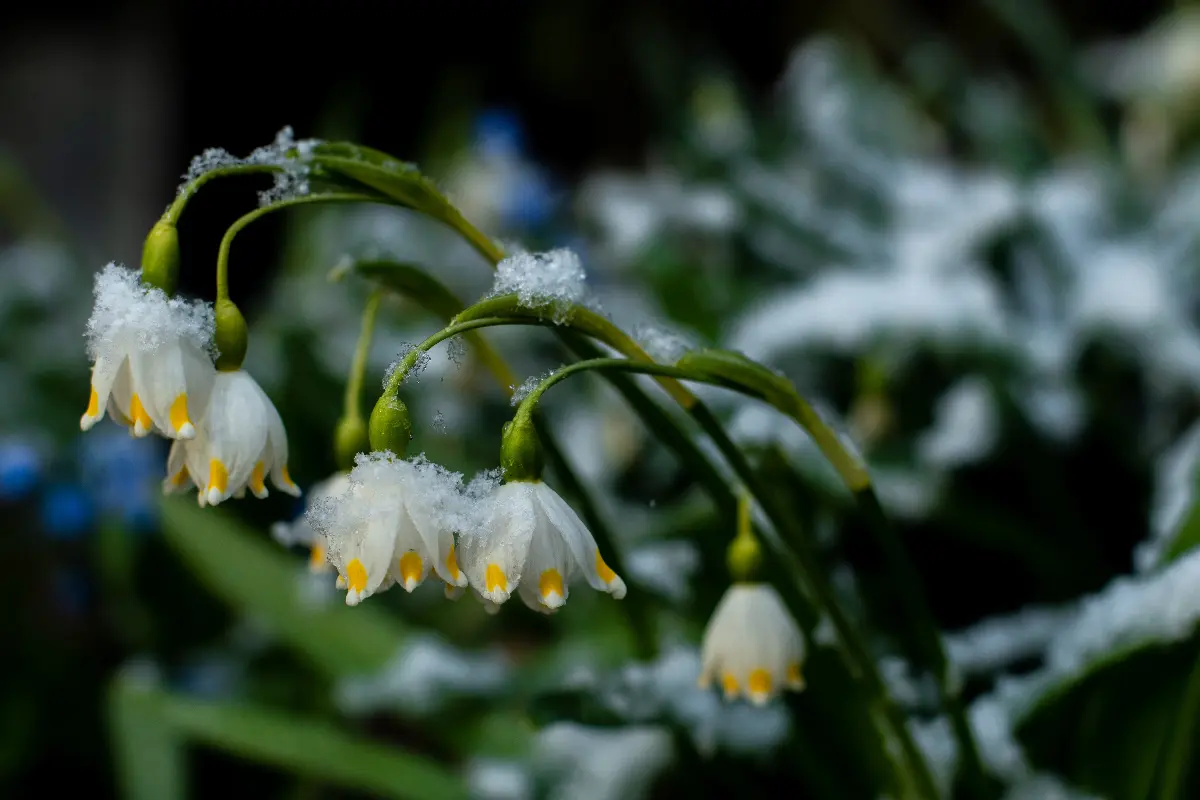
Scilla vindobonensis
There are five species of scillas in Hungary, the most widespread of which is the Scilla vindobonensis. The scilla is named, of course, for the shape of its flowers, tiny clusters of bluish-purple flowers that cover the forest floor in pairs. It is most often found in the floodplain forests along the Danube.
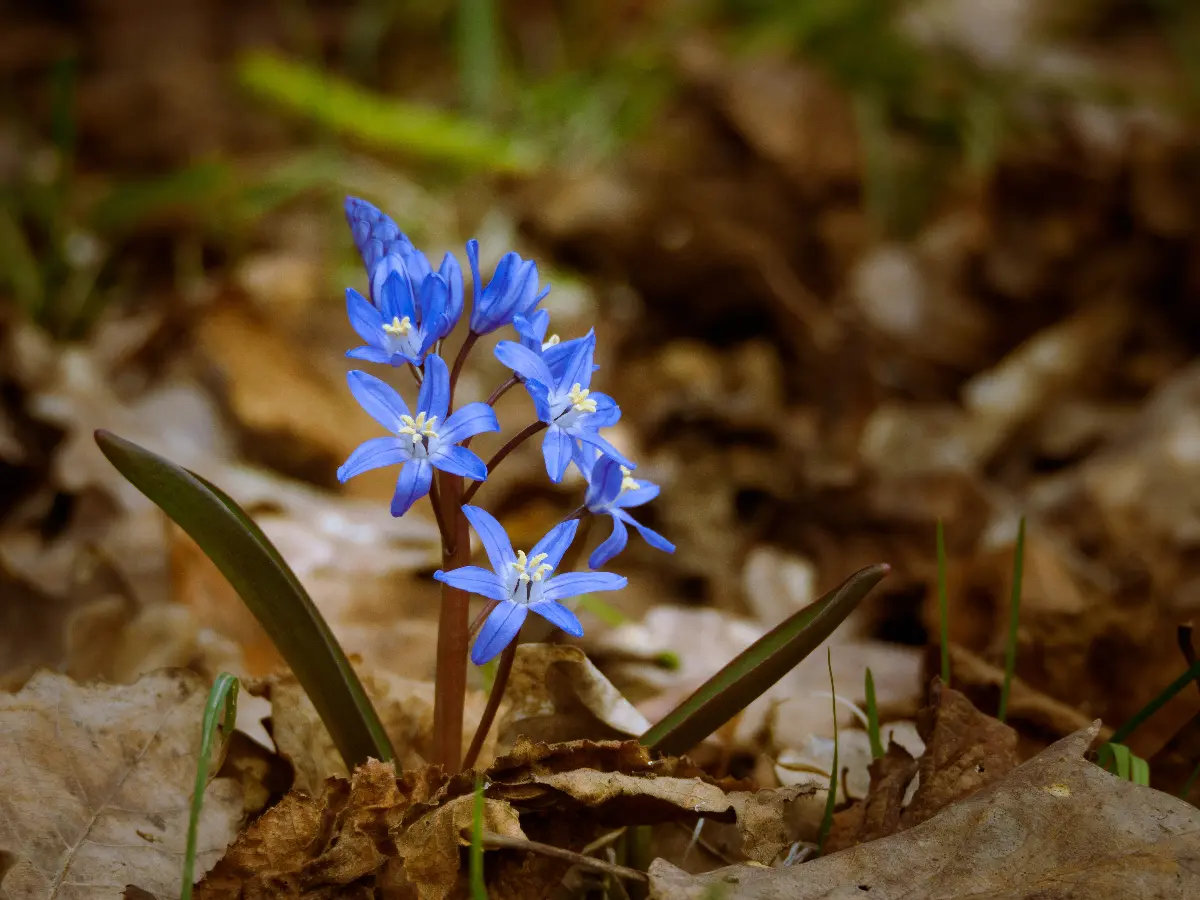
Checkered Daffodil
It is a real rarity, a protected perennial bulbous plant of the floodplain meadows and marshes of our country. Its petals, which have a magnificent checkerboard pattern, are purple or snow-white, but the leaves are simple, reminiscent of green grass. In Hungary they can also be found in Zala, Bükk, Zselic, Bodrogköz and Szatmár-Bereg county, flowering in March-April.
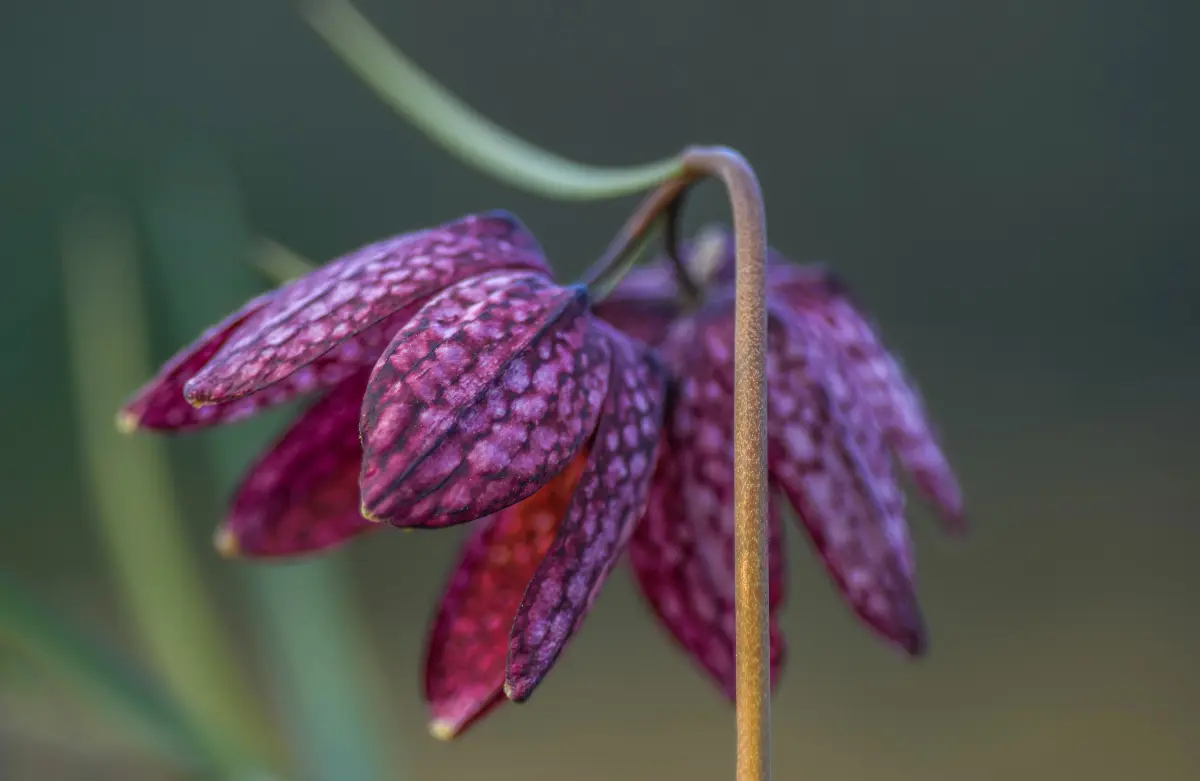
Lady’s slipper orchid
This nicely named orchid species is one of our highly protected plants, and can now be found in just 30 places, mainly in the Northern Central Mountains. It got its name from its special slipper-shaped modified flap, which helps pollinator bees to do their pollination work thoroughly. In Hungary, it has been given several similarly cute names: it is also known as the “thrush cup”, the “Venus sandal”, and “little miss slippers”.
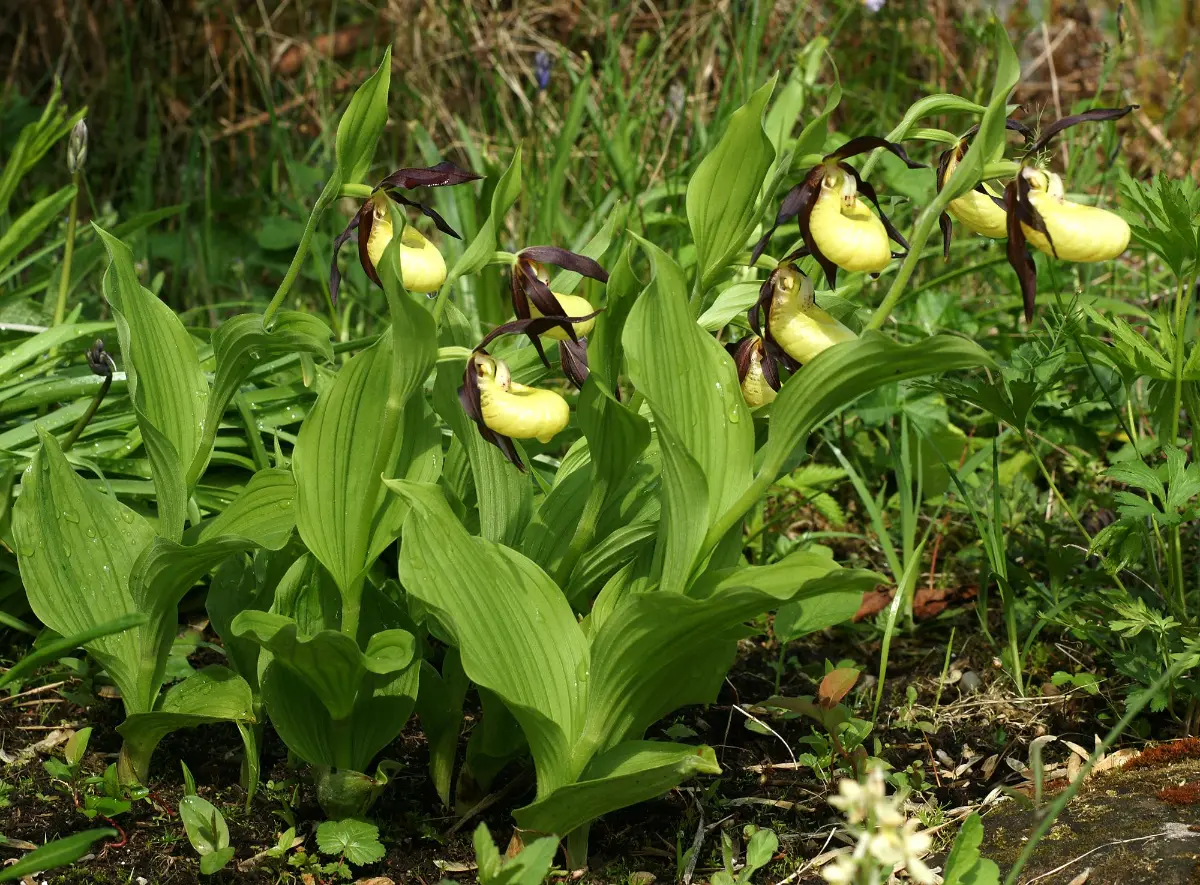
Before you go, we recommend you visit the websites of our national parks, where you can find up-to-date information on the species that are currently in flower. And for those who like to learn about the nature around them and are digitally savvy, there are plenty of plant recognition phone apps that can identify newly opened beauty spots from photos taken on the spot.

